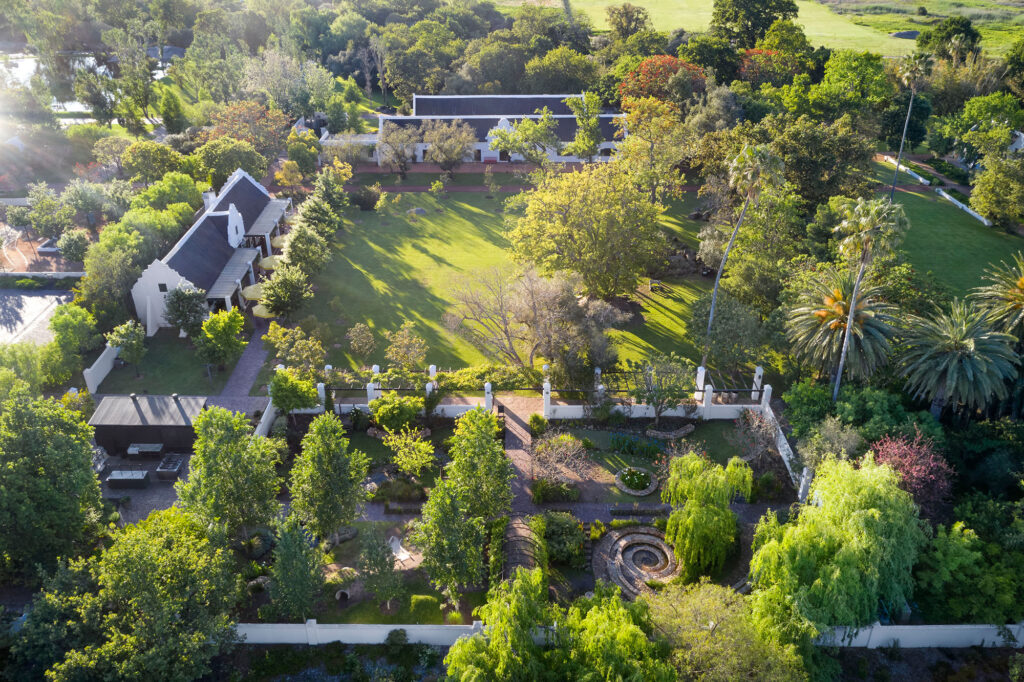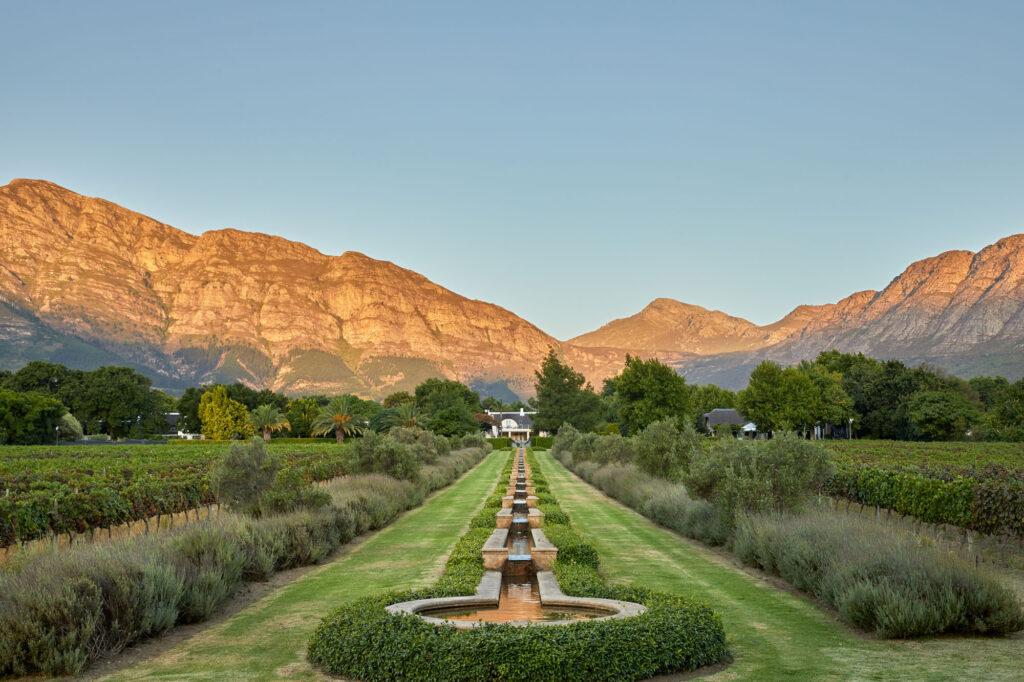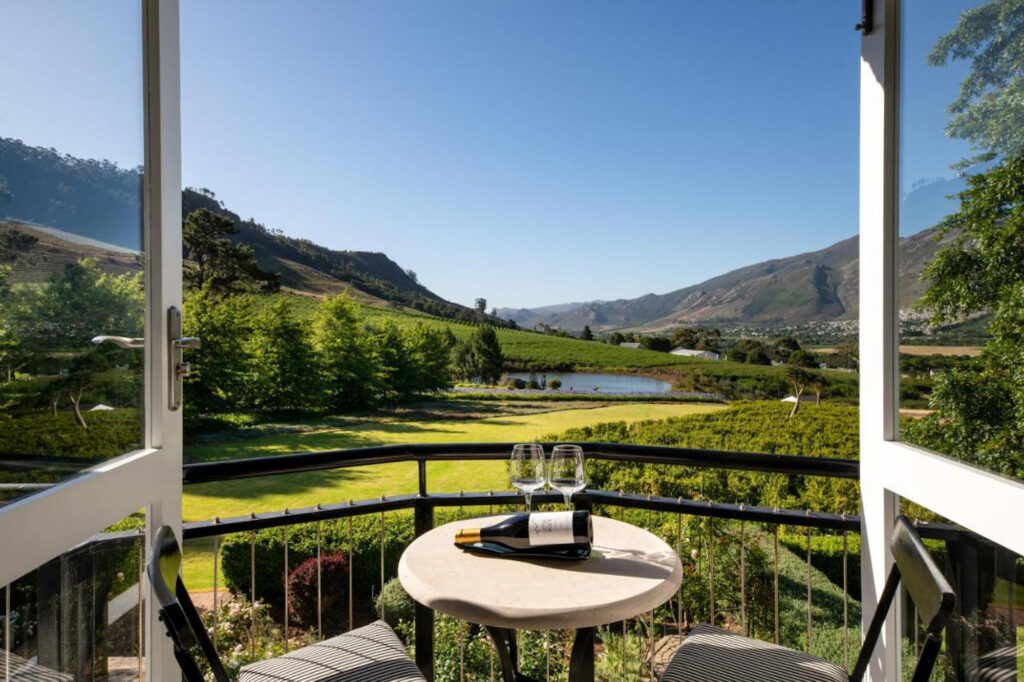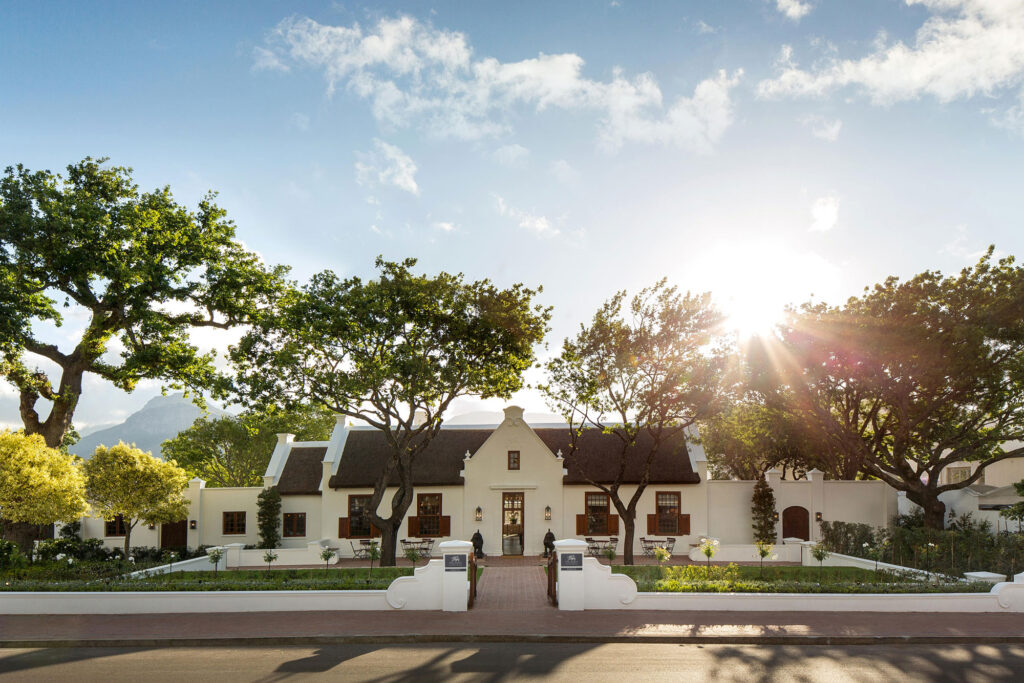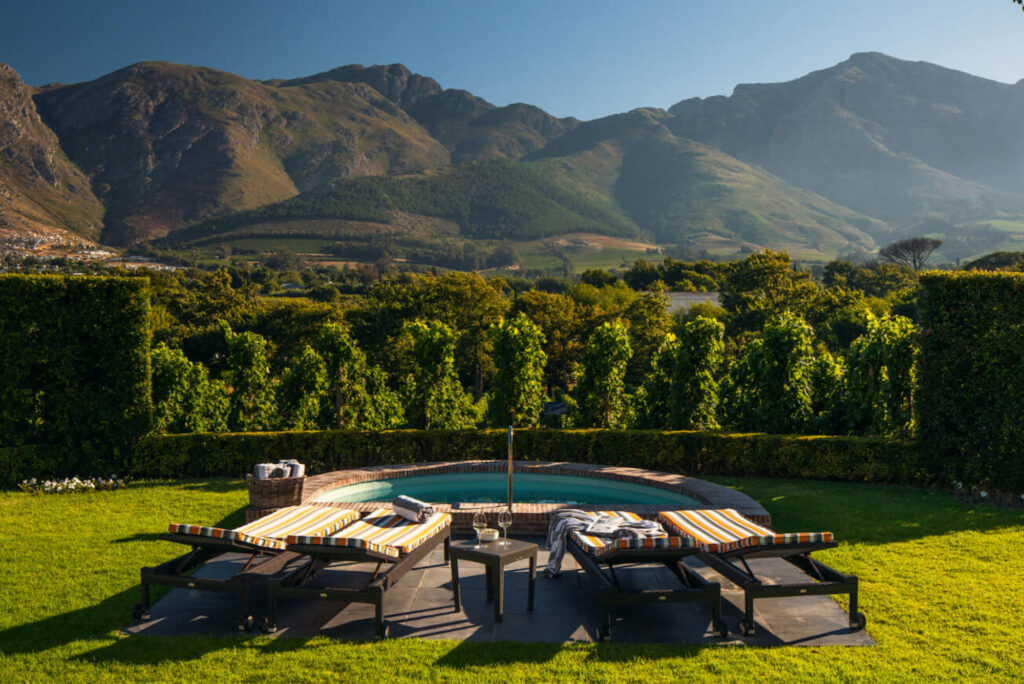Franschhoek, South Africa
Review: Sterrekopje
Southern Africa • Stay • Review: Sterrekopje in Franschhoek, South Africa
What’s the hotel in a nutshell?
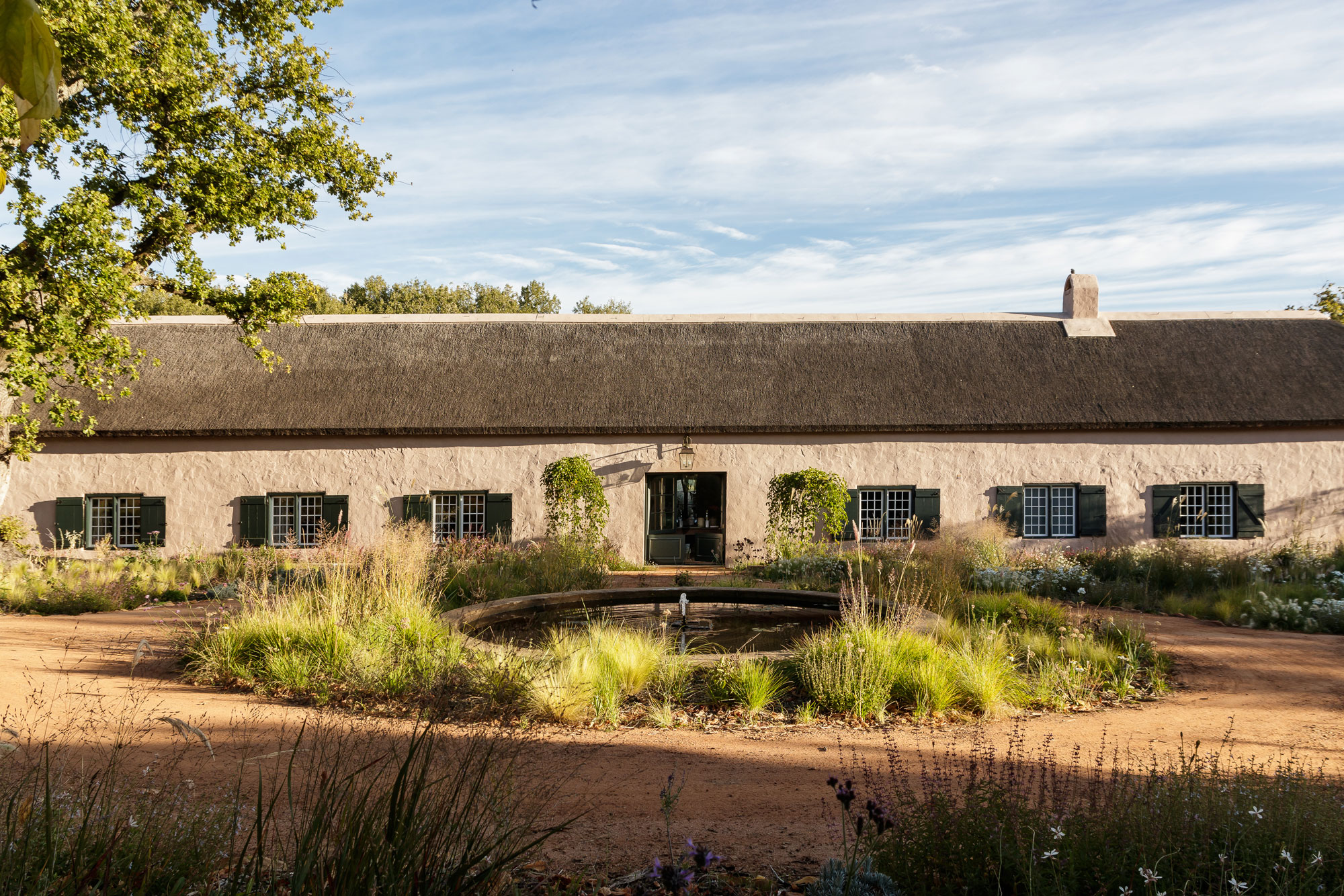
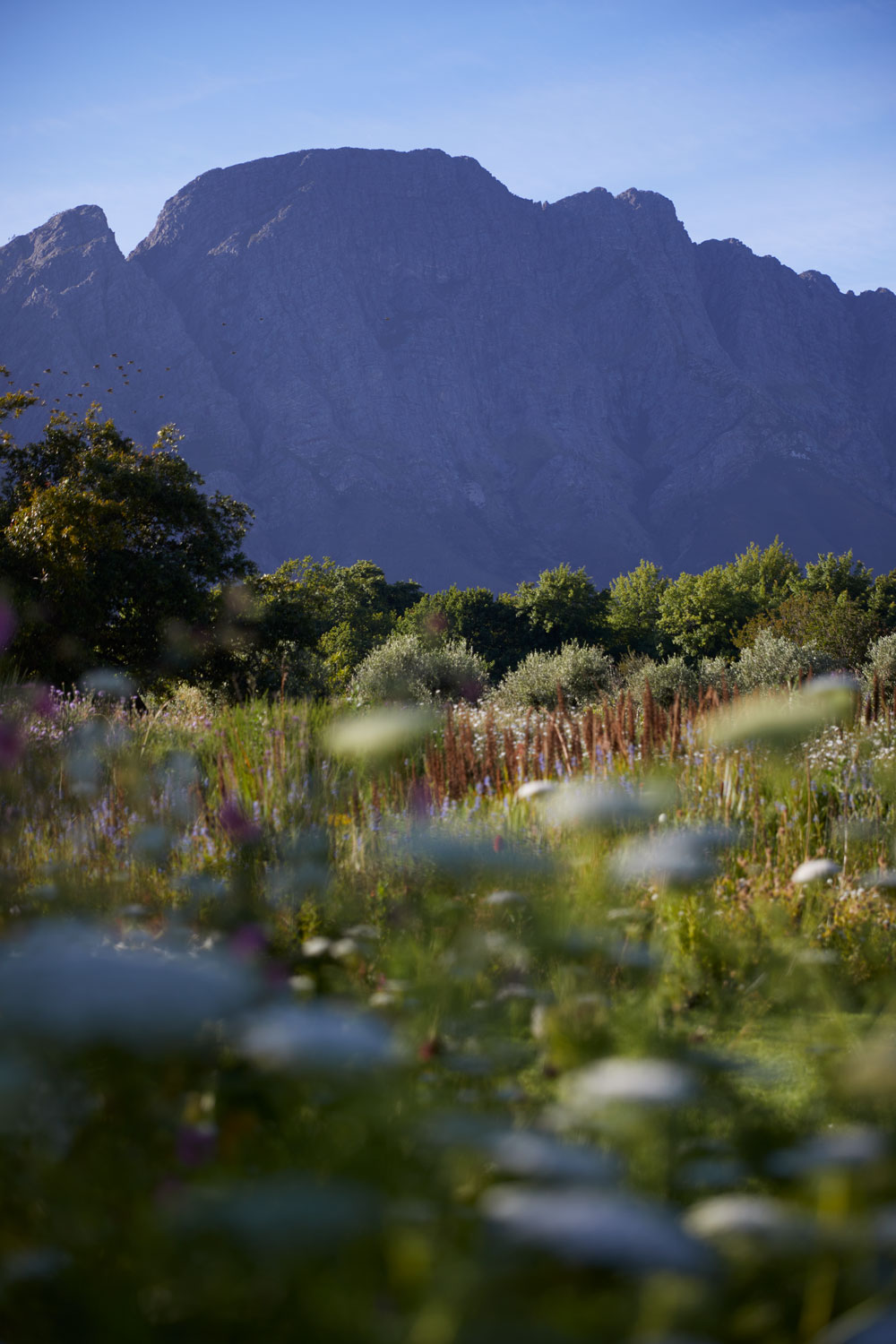
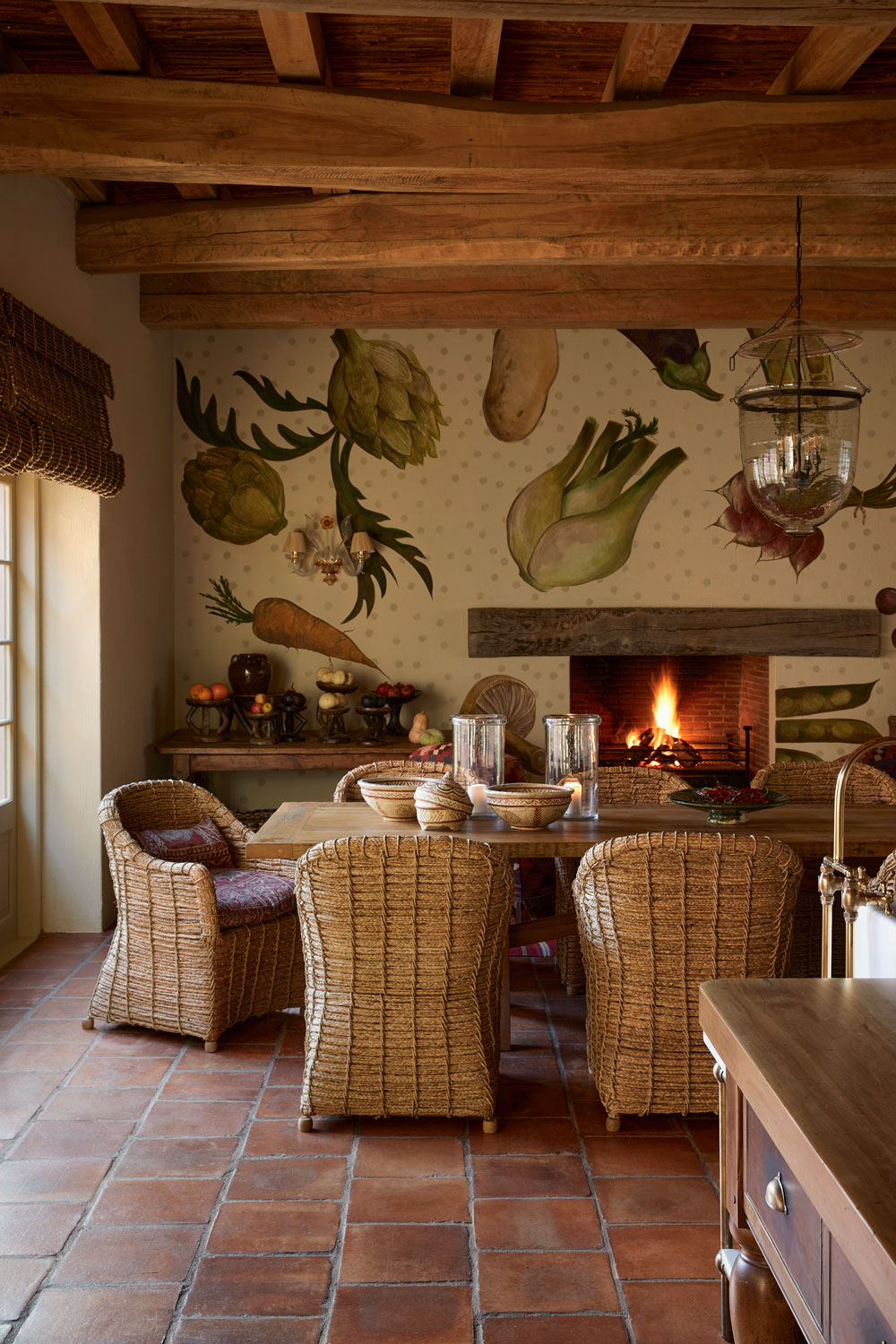
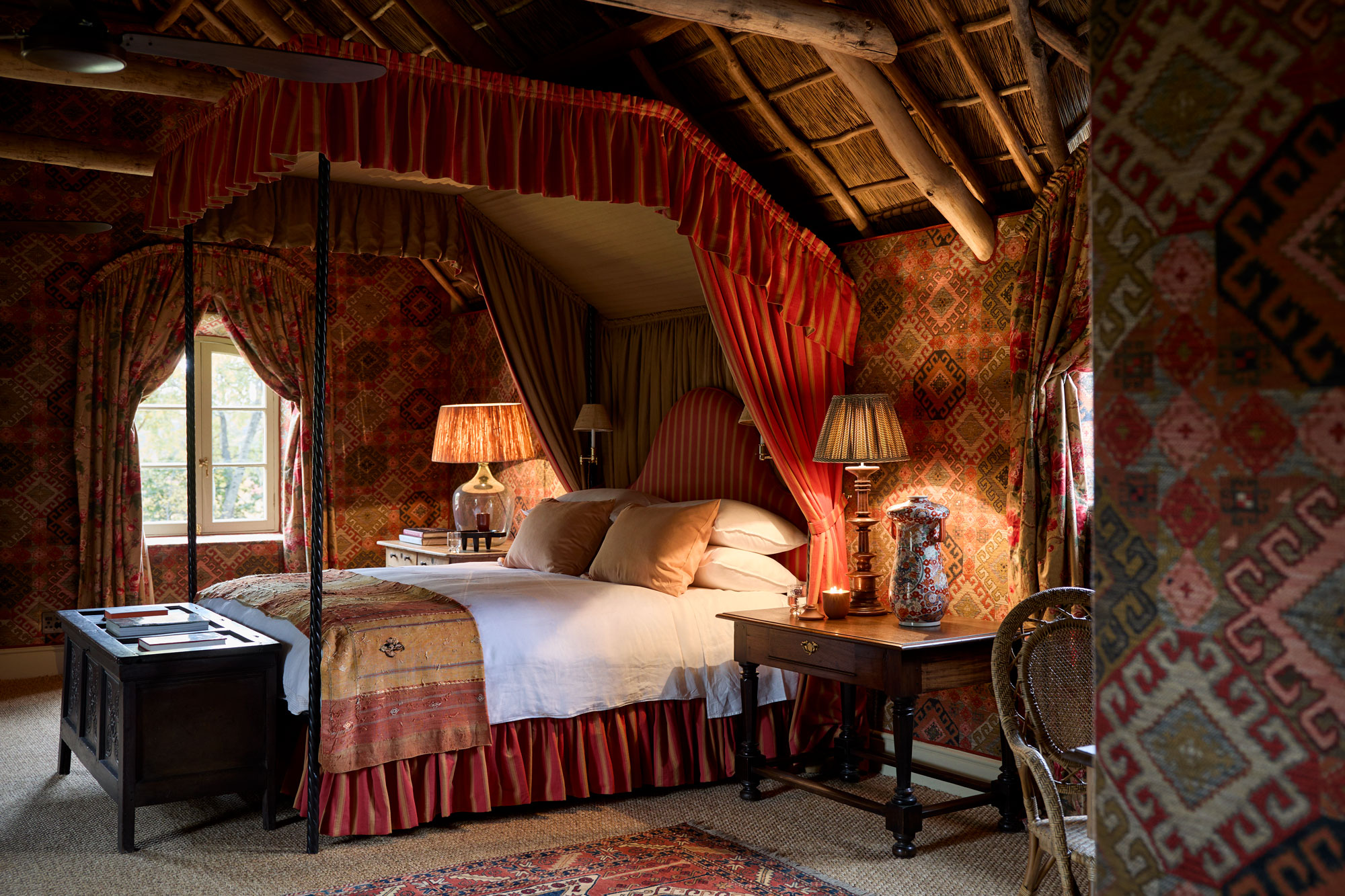
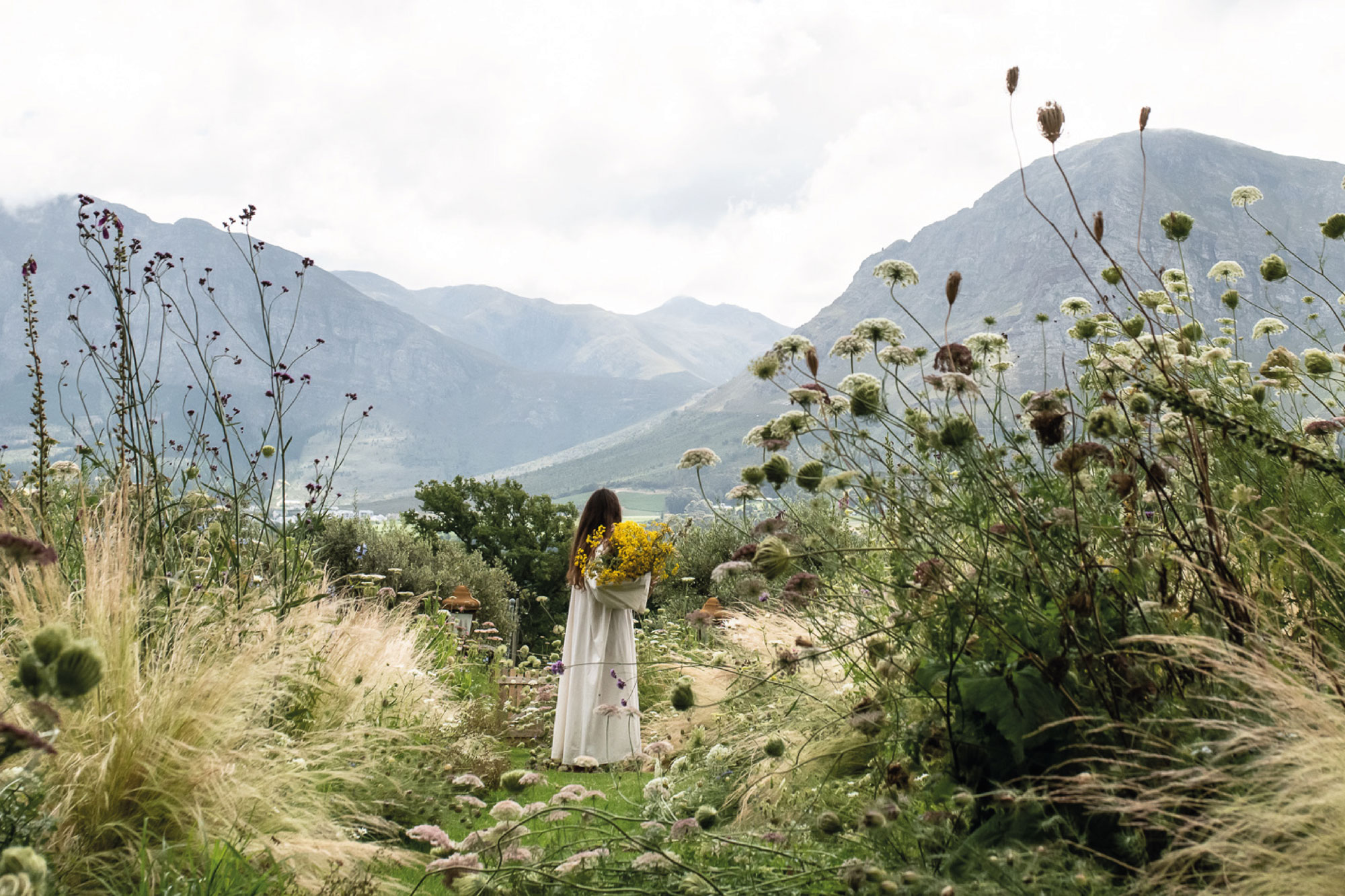
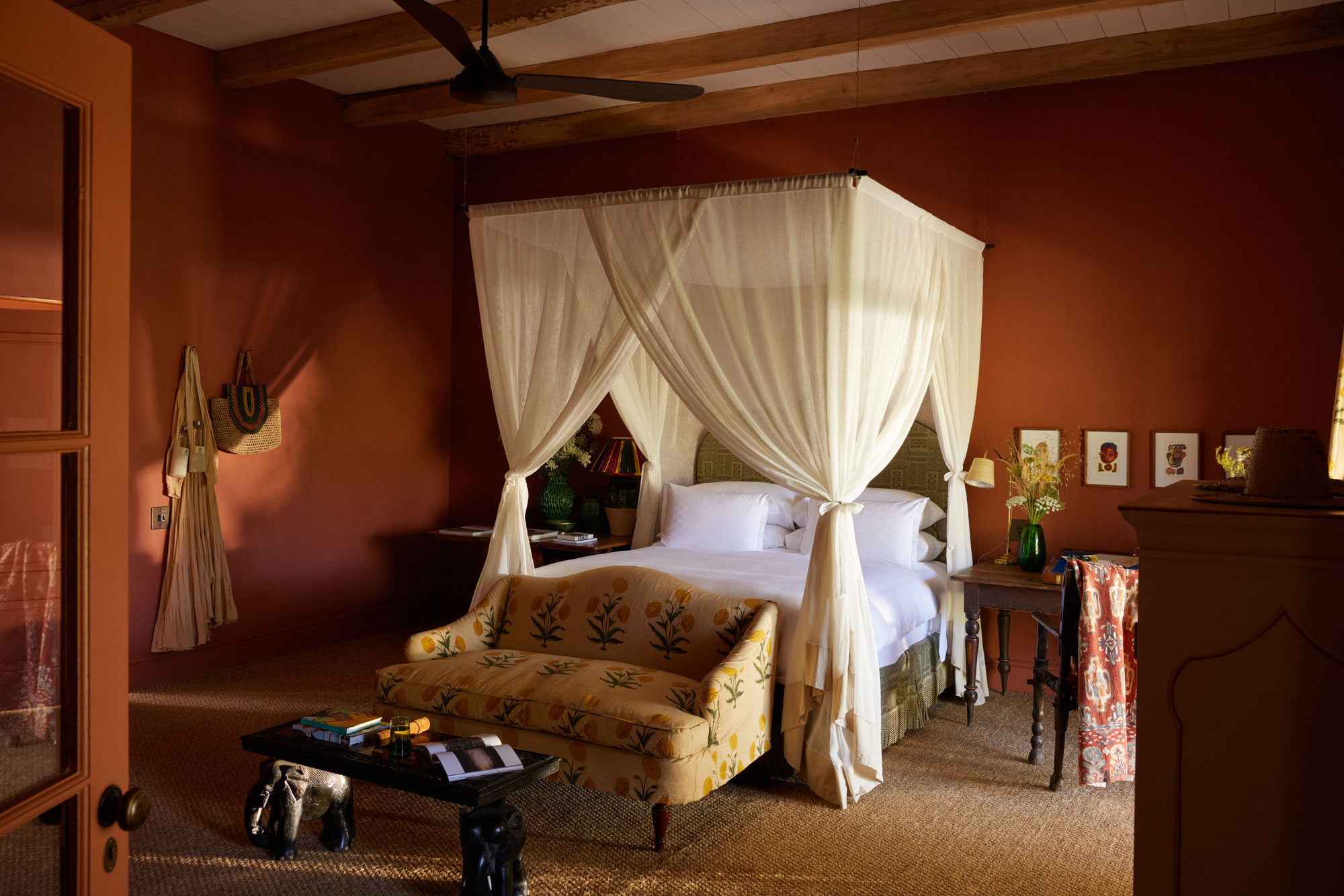
What are the rooms like?
There are eleven places to stay at Sterrekopje, but they don’t behave like rooms and weren’t designed as suites. Scattered across the 50-hectare farm, they range from intimate Sanctuaries in the original farmhouse to freestanding structures surrounded by citrus, lavender and sky. Each one is distinct – in layout, tone, palette and energy.
Rooms are grouped into three categories – Intimate, Abundant and Rejuvenating – though even these are loose. An Intimate Sanctuary might suit a solo traveller seeking stillness. An Abundant one, a pair wanting space to retreat between treatments. Rejuvenating Suites are for longer stays, or simply for those who want the feeling of having no one nearby.
As the rooms aren’t uniform, you could visit a dozen times and never feel like you’ve had the same experience twice. Some are small and womb-like, others vast and open. One might have a ceiling fresco, another a wood-burning fireplace, another a clawfoot tub behind a curtain. Furniture feels found, not sourced. Books are chosen, not styled. Walls might be chalk-painted, fabric-covered or hand-muraled. The effect isn’t chaotic – it’s intimate. Human.
Our room, a house of one’s own
We stayed in a Rejuvenating Suite – Sterrekopje’s most private and spacious category. Ours was a house in everything but name, set apart from the main cluster with its own garden, entrance and atmosphere. Inside, light moved from room to room through linen curtains. A sofa faced a low fire. The bathroom opened to a terrace of potted herbs, an outdoor shower and a bathtub. We were assured no one would be behind the house, so the promised privacy gave us the courage to shower and bathe nude.
The bed was wide and unexpectedly high – we felt like the princess and the pea. It was dressed in Egyptian cotton, though linen was also an option. It’s a nice touch – you’re asked in advance for your preference.
The bathroom was lined with refillable oils, clay masks and salts, all scented and housed in hand-thrown ceramic vessels. There was a minibar, though it didn’t look like one: just a cabinet stocked with house-made cordials, wine, kombucha, bitters and nuts. No pricing. No instructions. You’re trusted to use what you need. Each time we returned, a new treat appeared – always exactly what we didn’t know we wanted.
There’s no TV. No tablets disguised as concierge tools. Wi-Fi exists but isn’t encouraged. In our suite, sound came from birds and the wind.
Intimacy without intrusion
What Sterrekopje understands – and what many places miss – is that privacy and care are not opposites. Rooms are cleaned when you’re away, not while you’re reading. No one checks in unprompted. No one adjusts things when you’re not looking. If you need something, you ask. But you rarely do.
Each sanctuary is calibrated to offer space, quiet and permission. For some, that means reading for hours. For others, it’s walking barefoot to the bathhouse. For us, it was waking early and sitting outside in the armchair, wrapped in a blanket, watching the farm wake up.
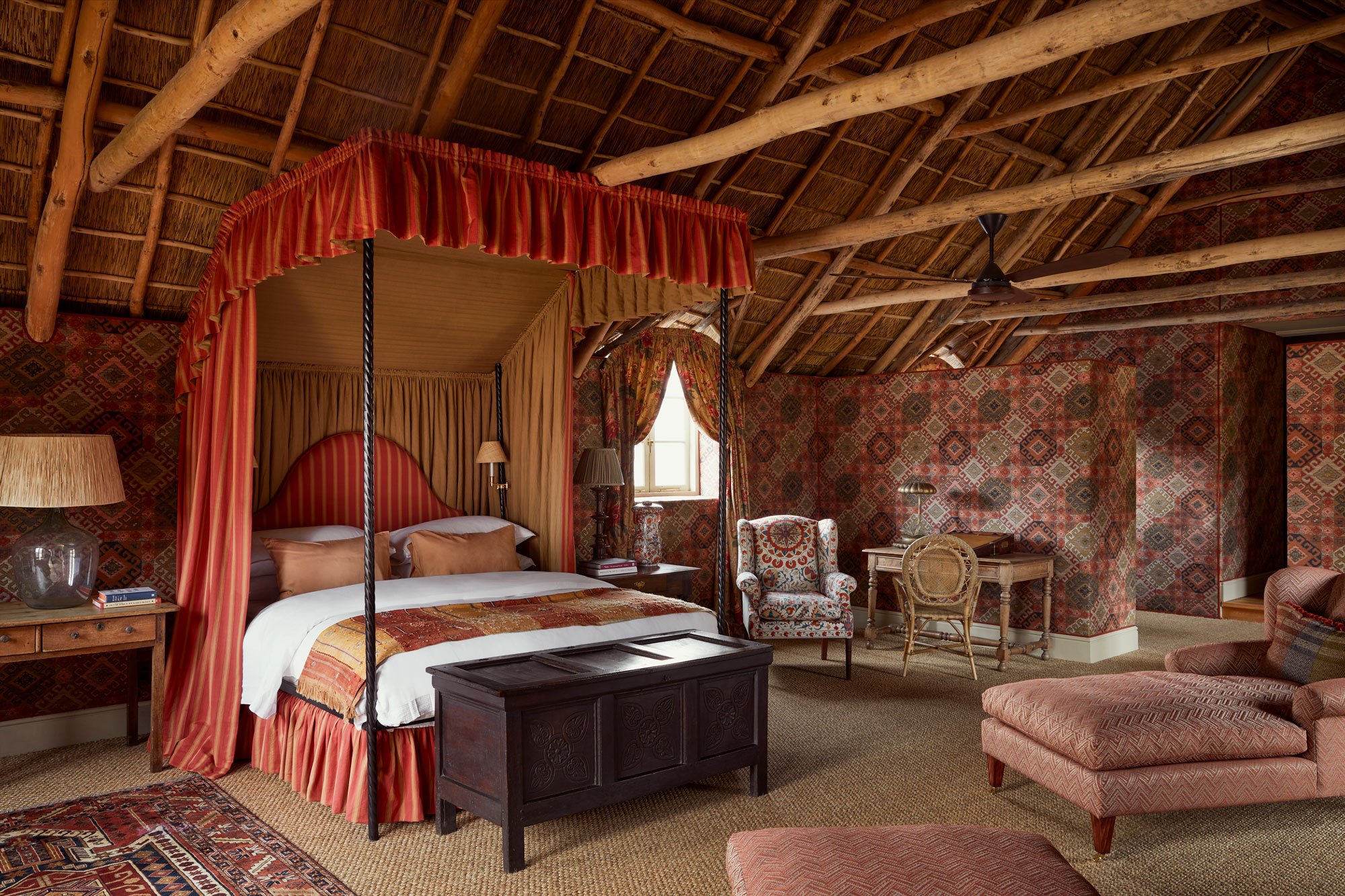
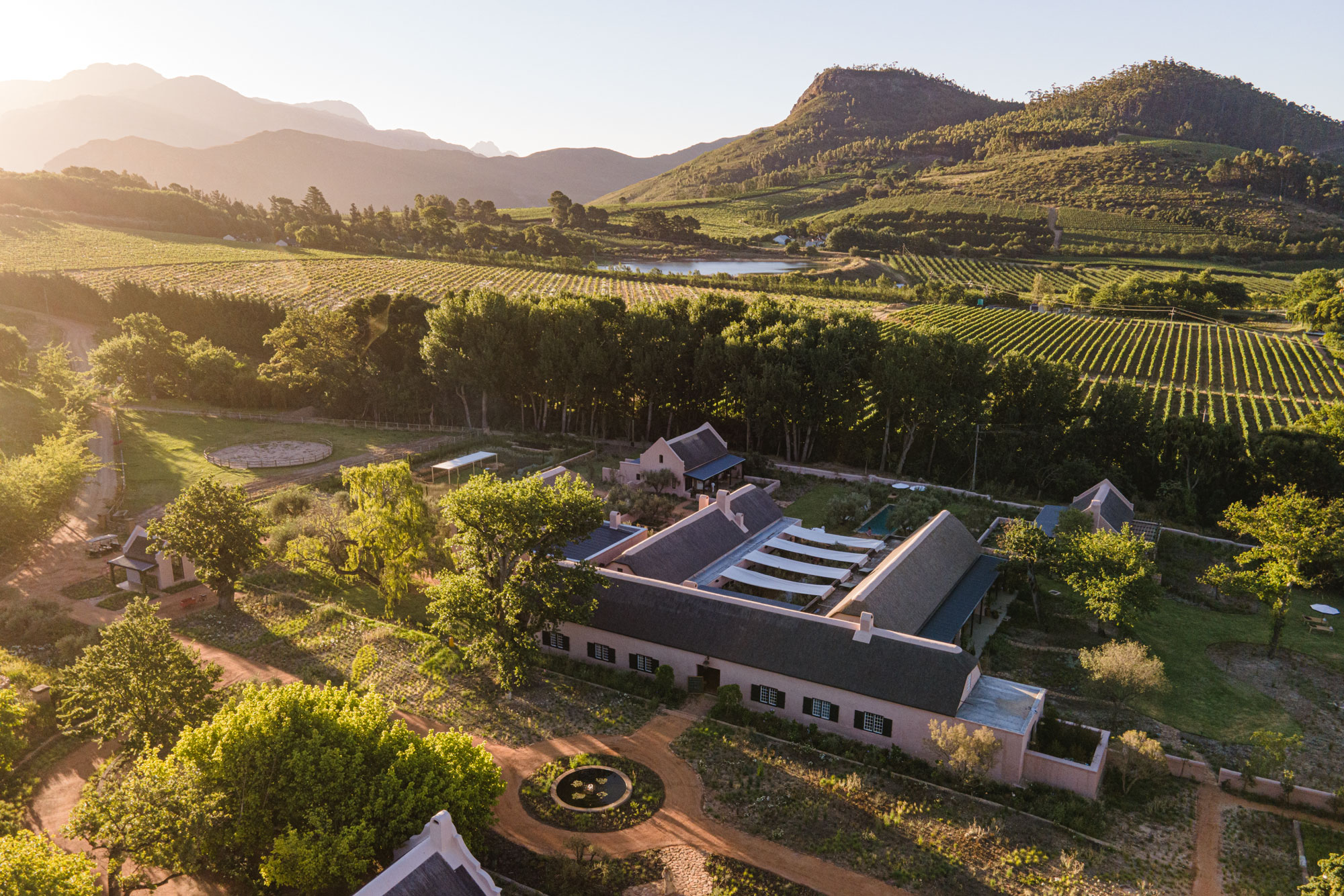
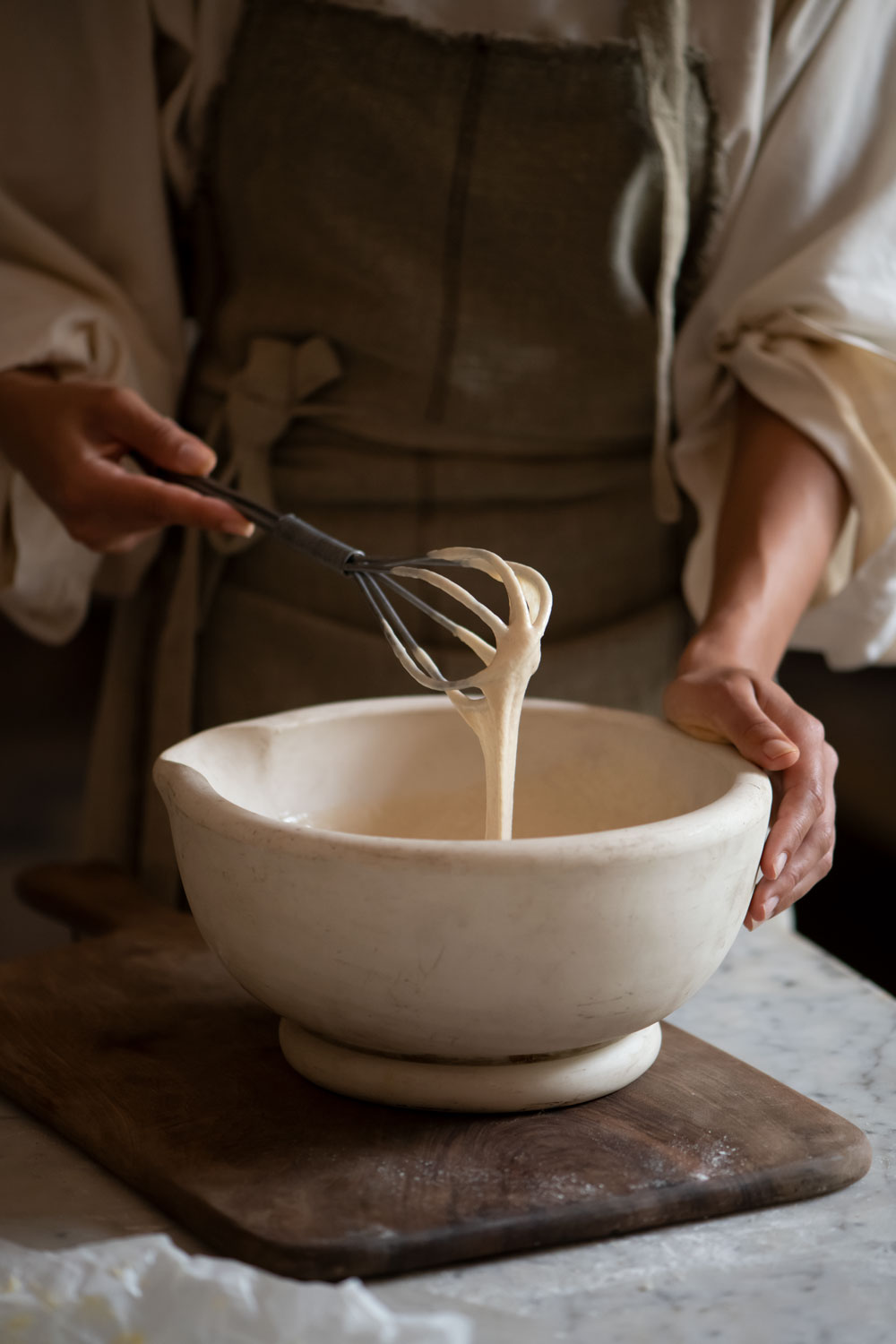

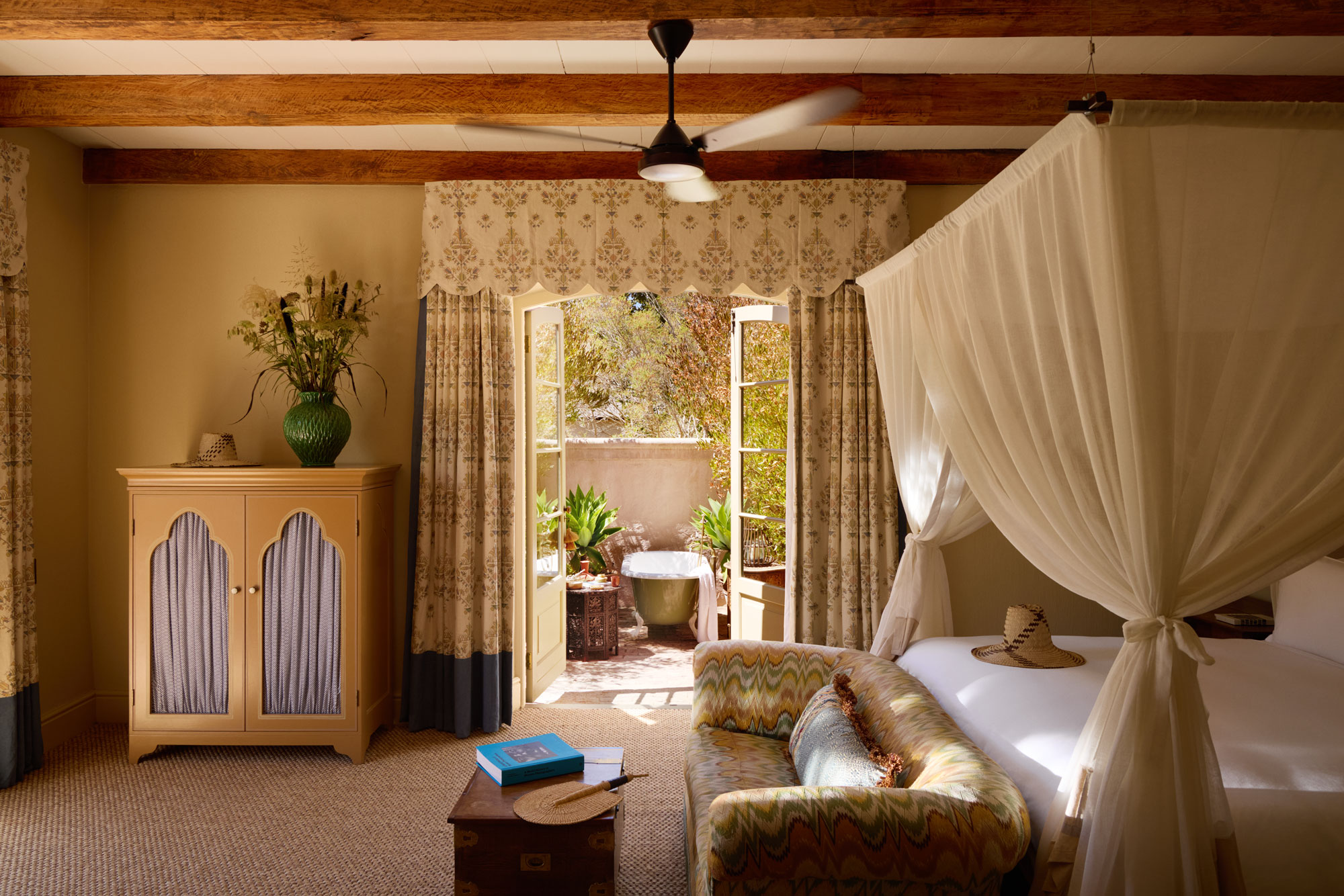
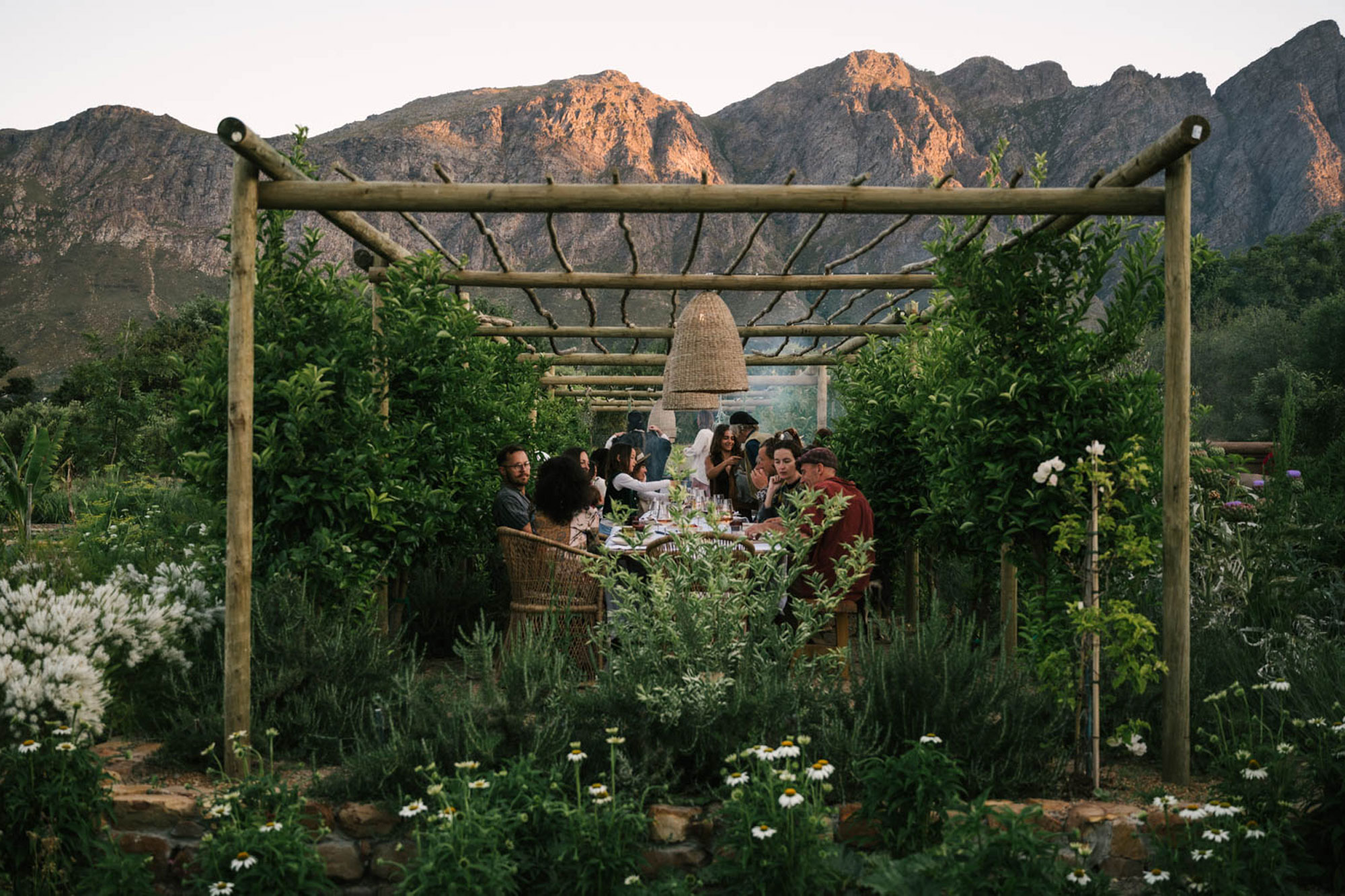
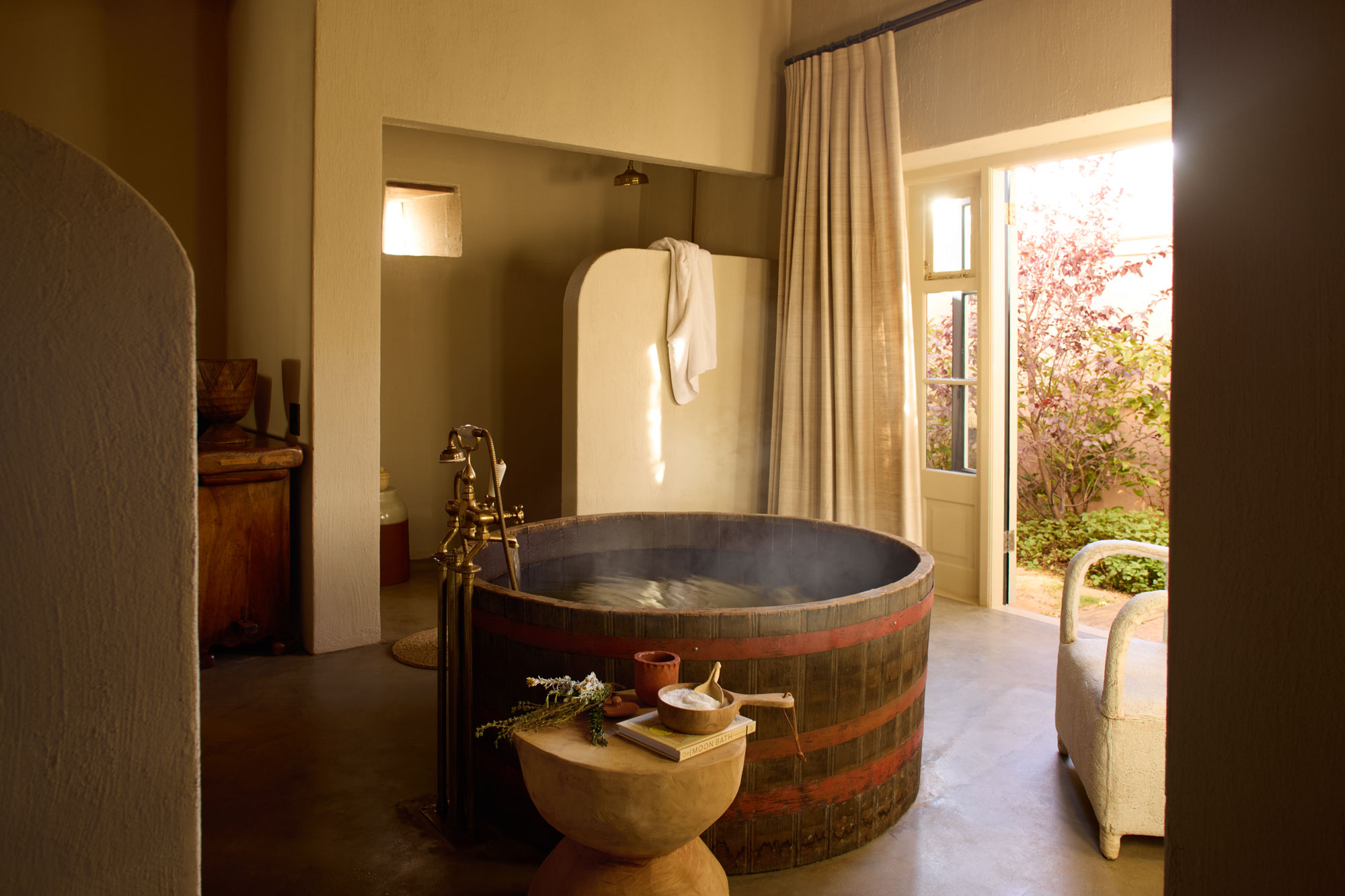
What else?
Upon arrival, we parked near the entrance. Our host – Tenisee – was waiting with an electric cart and drove us up to the main house. From that point on, the pace shifted.
At Sterrekopje, there is no check-in. No reception, no forms, no exchange of passports or credit cards. We were welcomed as if arriving at someone’s home. Inside, the house revealed itself one room at a time – a drawing room with deep sofas and layered textiles, a quiet library lined with well-used books, a dining room leading into the courtyard, where a long table stood beneath olive trees.
In the open kitchen, someone was mixing dough. The bakery was already buzzing and warm. The crafts room smelled faintly of clay and pigment. On the way to our Rejuvenating Suite – our little house for the rest of our stay – we passed the pool, set just below the main path, surrounded by trees and tall grass.
A wellness journey begins
Not long after we arrived, we joined Angela, head of wellness, and another member of her team on the porch for a grounding ritual. Our feet were soaked in warm water, then dried and slowly read through reflexology. Each guest begins this way. The process informs what follows – a personalised wellness journey shaped by what they call rhythms and rituals. Treatments, movement and periods of rest are suggested day by day. Nothing is fixed, the approach is gentle, attentive and open to change.
Early the next morning we biked to the yurt for a yoga session. The structure sits at the edge of the farm, low and circular, surrounded by trees. The practice took place in silence apart from a few quiet adjustments. Just slow movement adapted to the group, shaped more by feeling than form.
Later that day we were invited to the Bath House. Before the treatment, we were guided out to the small pool tucked behind the building. It’s set among trees and low stone walls, slightly removed from the rest of the space. The water was cold and still as we submerged into the pond, which we were told held good energy.
Inside, the Bath House has two treatment rooms – one strung with bunches of dried herbs suspended from the ceiling, the other draped in soft fabric. The light is low. We were invited to choose where we felt most at ease. For our treatment, named the Ritual of Touch, the masseuse worked quietly, using pressure, stillness and shifts in pace to respond to what the body offered. A little more than an hour later, we exited – physically and mentally altered – and sat down for a cup of tea.
All the oils and balms are made on site in the Apothecary. Herbs are harvested fresh from the garden, then blended into salves, tinctures and infusions.
The Bath House is there to support a different pace – one where rest isn’t a reward, but a necessary part of being well. It’s the only part of the property that is occasionally made available to those not staying at Sterrekopje, though always with the same intent.
A team that holds space
Everyone working at Sterrekopje – all looking like they’ve stepped straight out of the pages of Vogue – wears the same rose-toned tunic, but nothing about the atmosphere feels uniform. There’s structure, but no script. People move with ease. Some speak with warmth and familiarity. Others simply pass with a nod. It doesn’t take long to realise that this isn’t service in the traditional sense. It’s something closer to being looked after without being managed.
What stood out most was how present the team felt – not just to us, but to themselves. They take part bi-weekly sharing circles, team treatments and yoga together. The farm closes for a few months each year so the people who hold space for others can also recover. That balance, while rarely spoken about, shapes the energy of the place, and you can feel it.
In the kitchen
At the heart of Sterrekopje is the kitchen, led by Swedish chef Anna Broms. Her presence is quiet, but assured. Ingredients are pulled from the garden or sourced from nearby producers, used with clarity.
Breakfasts were unhurried and flexible. One morning we ate at the long table in the courtyard beneath the olive trees. Another day we asked to sit at the kitchen table. There were just-baked loaves, butter, fresh fruit, soft-boiled eggs and fresh juices, served quietly as we arrived. Croissants do die for. One morning, a shakshuka was brought out as a special – possibly the best we’ve had.
Lunch followed the same rhythm – shaped by the season, served wherever felt right. In the orangery, we were brought bowls of dressed leaves, sautéed vegetables and a loaf still warm from the bakery. Wine was poured if requested, otherwise not mentioned.
Evening meals were more structured, but just as understated. One night we sat in the dining room, where cape bream crudo arrived first – sliced thin, finished with dill – a quiet nod to Broms’s Nordic roots. The next evening, the same fish returned, this time pan-fried and served with caponata.
The kitchen is open to guests. You’re free to pass through, pour yourself a drink or speak with whoever is on service. The adjoining bakery runs on its own rhythm. There’s a phrase used around the farm – soil to soul. In practice, it means the food is shaped by the land, made to nourish more than hunger and served in tune with the day.
Life on the farm
Sterrekopje sits on 50 hectares of land, most of it now under some form of cultivation, restoration or gentle use. Before it became what it is today, the farm had been stripped by years of conventional agriculture – monoculture and chemical fertilisers had left the soil dry, compacted and largely lifeless. The shift to regenerative farming began slowly, one bed at a time. The aim wasn’t to make the land productive in the traditional sense, but to bring it back to balance.
Today, the gardens are planted with more than sixty varietals of indigenous and heritage crops. But nothing about them feels arranged for display. There are no signs or rows. Plants grow in relationship – calendula beside eggplant, nasturtiums weaving around tomatoes, lettuce tucked beneath climbing beans. Bees hover above flowering thyme. Chickens roam the edges, shifting the soil as they pass.
Guests are free to walk the garden without guidance. One evening we wandered for over an hour, following the beds as they curved and opened, moving from one pocket of green to the next. The sun was sinking low, catching the grasses and trees in a way that made everything seem lit from inside.
A different kind of retreat
Sterrekopje occasionally hosts Wise Women retreats – gentle, week-long gatherings designed to slow things down. As Huijskens explained during one of our talks, they aren’t built around outcomes or transformation. Instead, they create the conditions for rest, curiosity and reconnection – the kind of state most people don’t allow themselves.
Each retreat is shaped by a guiding element and archetype. For example, the spring edition centres on air – associated here with sensuality, creativity and openness. During this time, the energy of the farm shifts. Things become quieter, more communal, more inward. Male staff leave the property for the week to support the atmosphere. Time is divided between circle work, treatments, long meals and unscheduled space. The experience unfolds as guests begin to put down the need to perform – and remember what it feels like to move through the day without rushing.
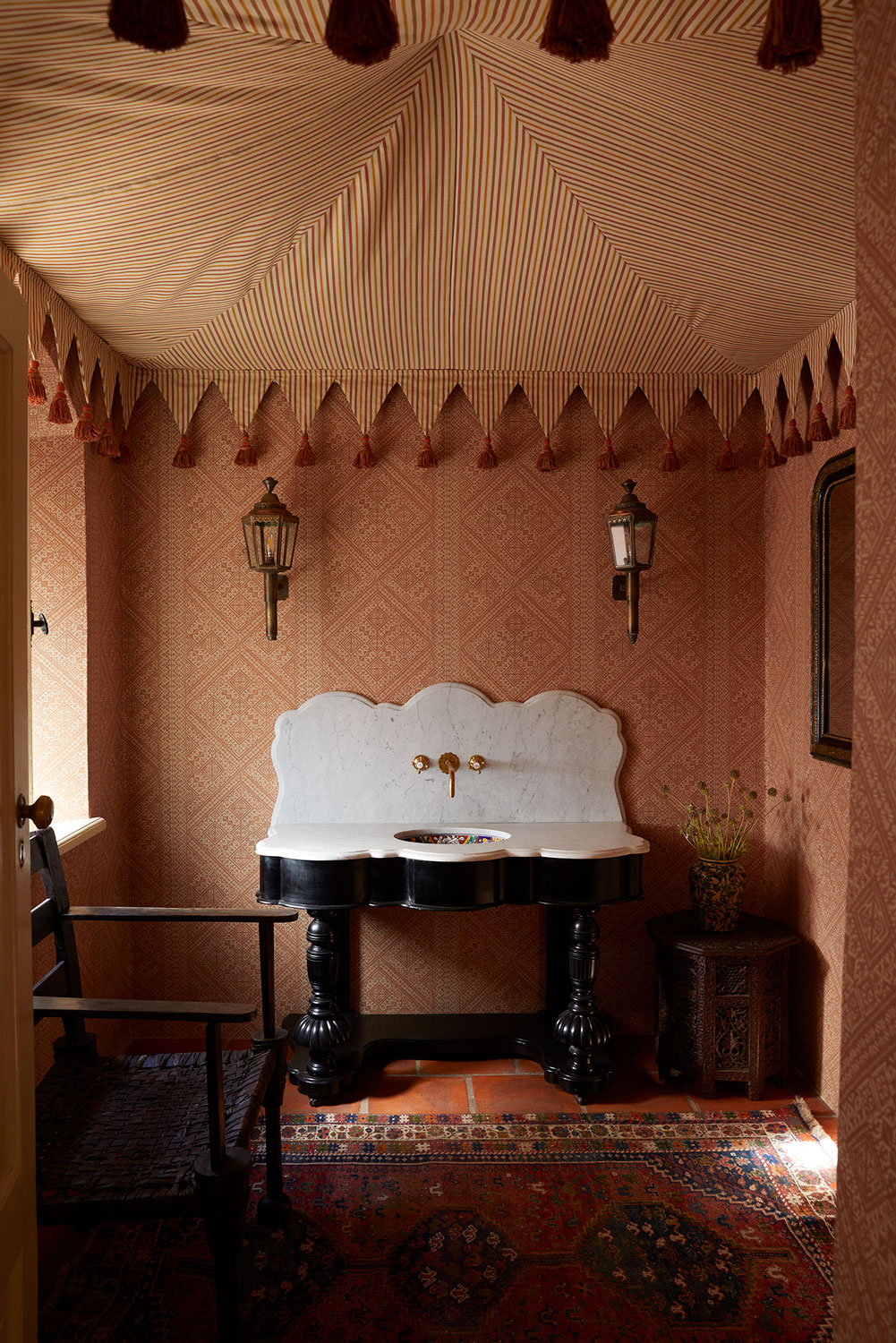
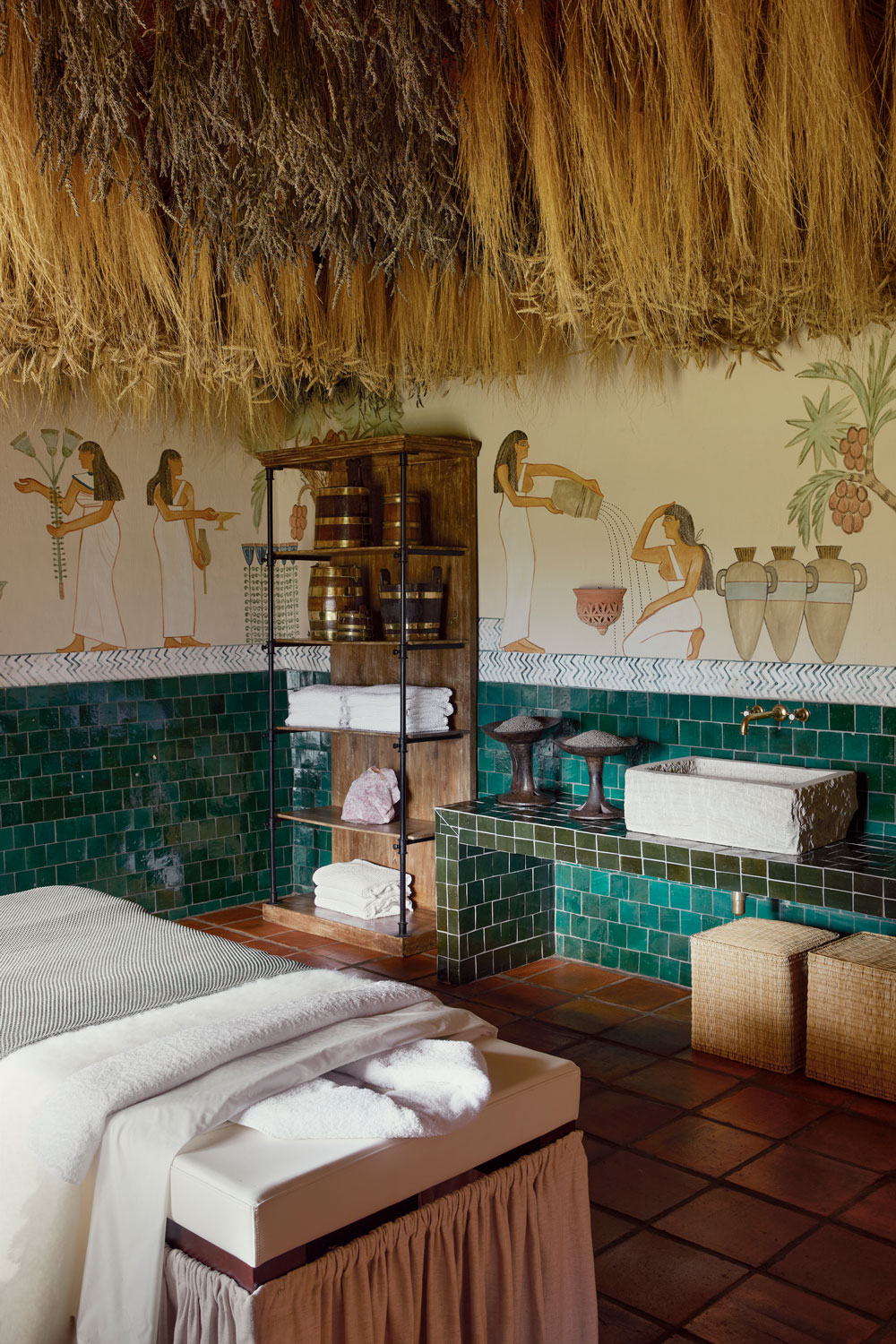
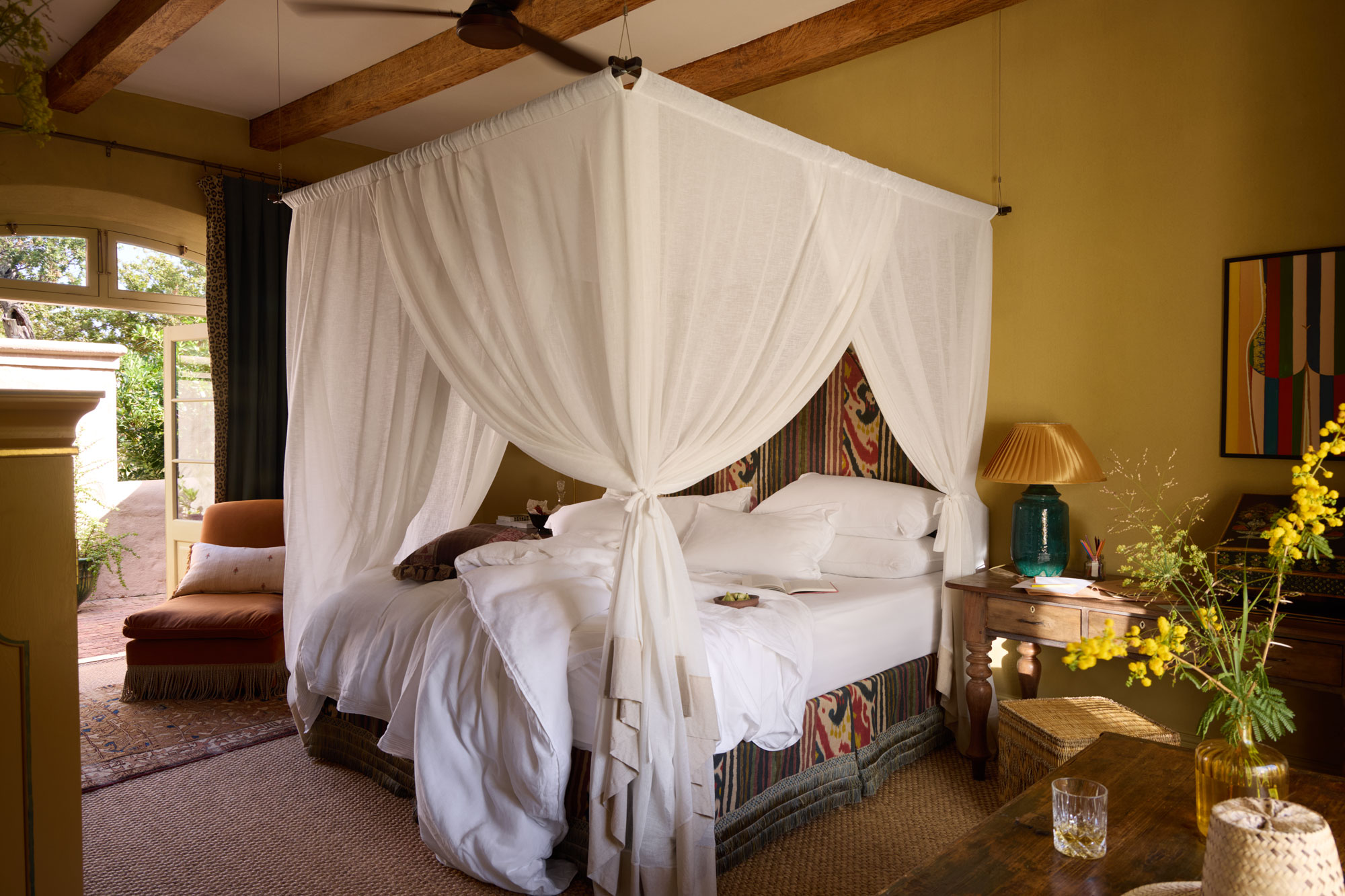
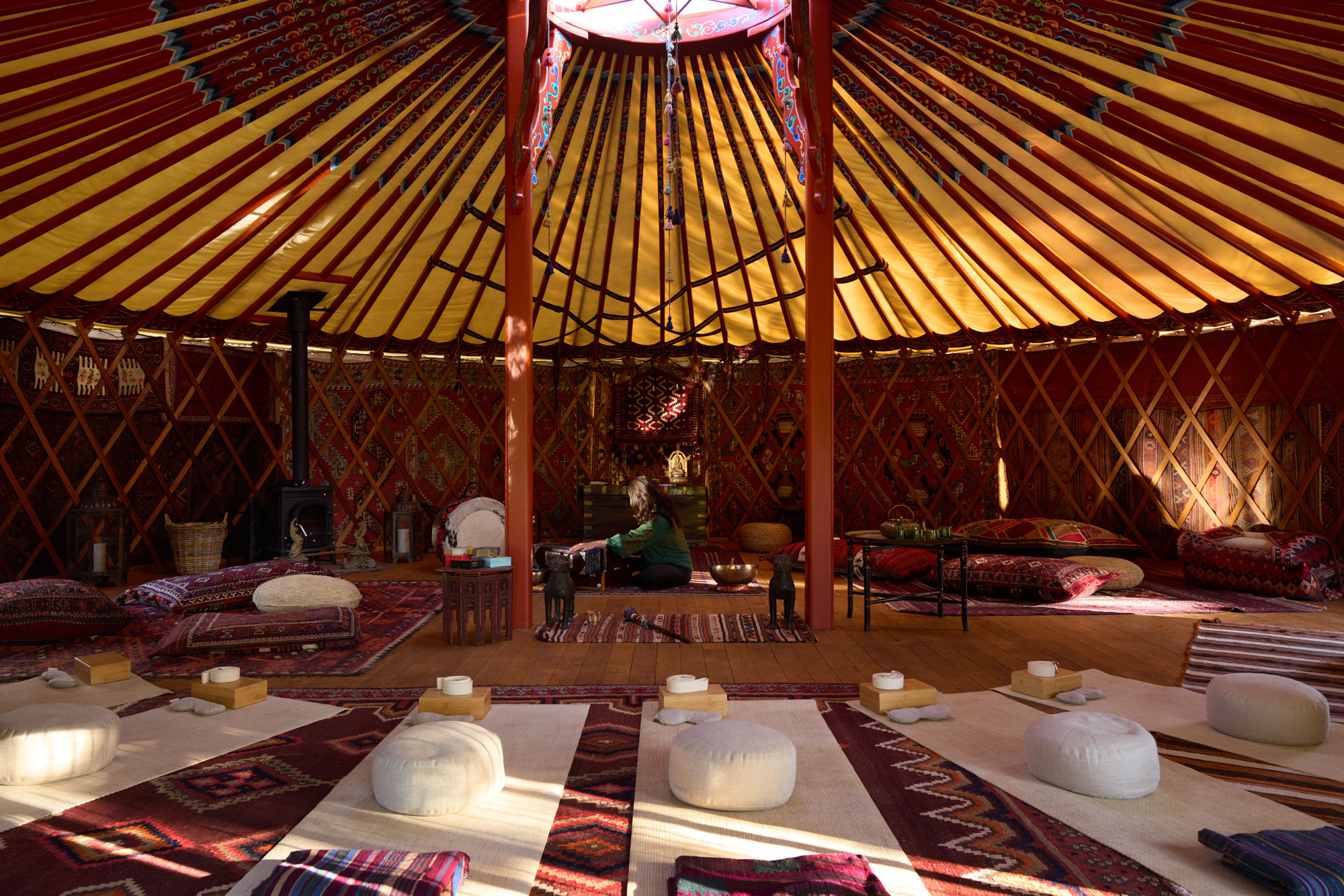
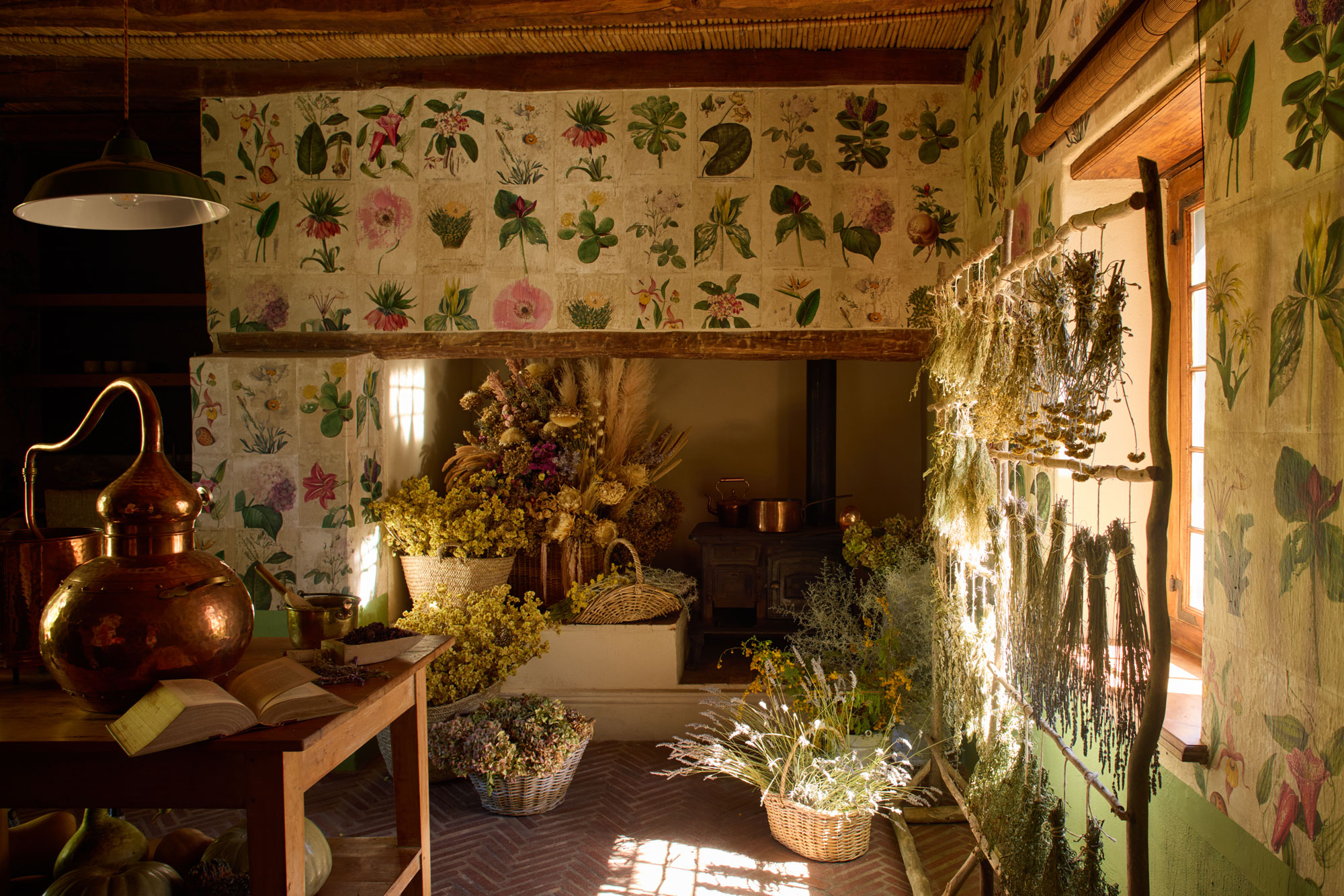

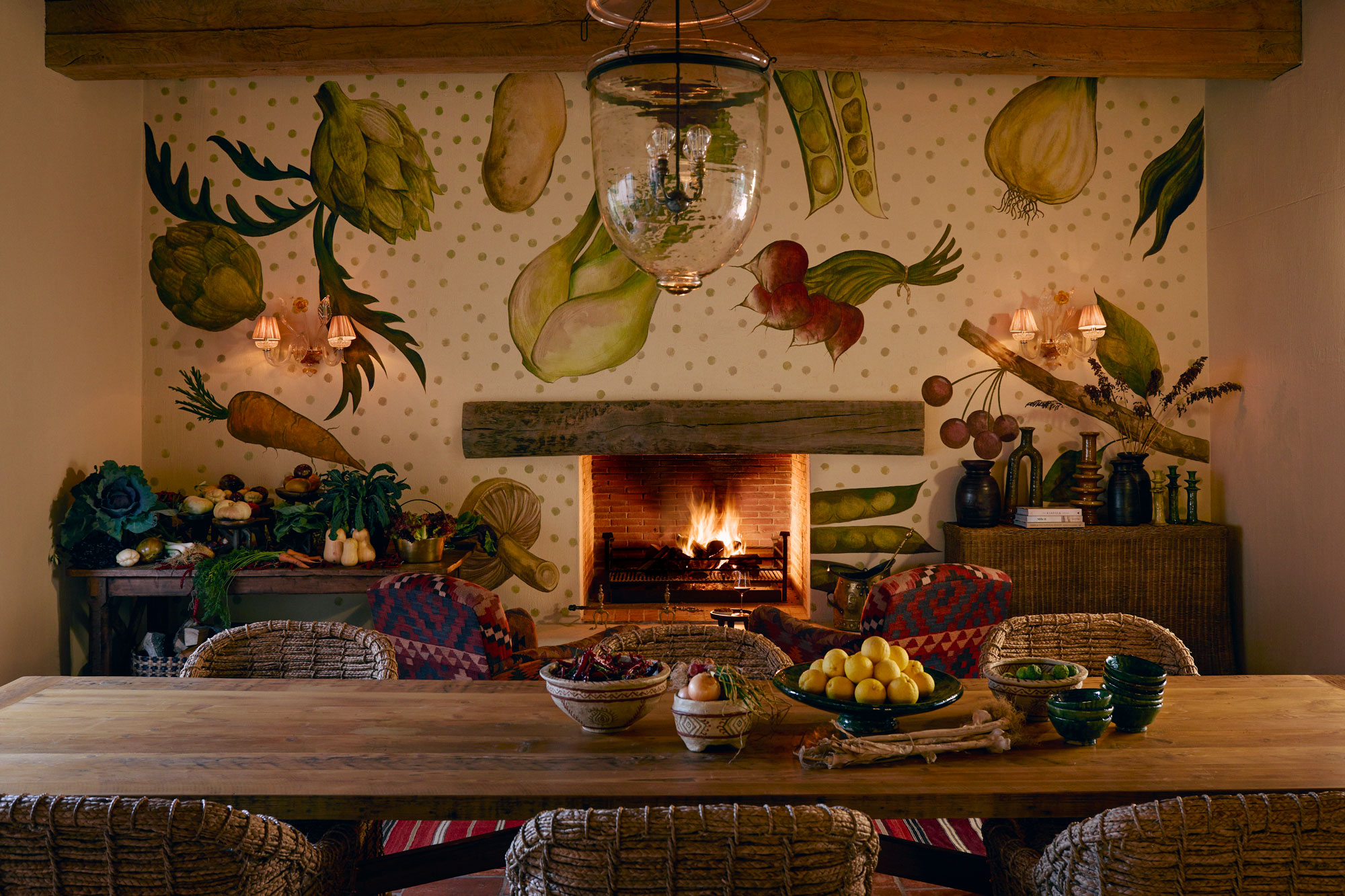
What’s our final take?
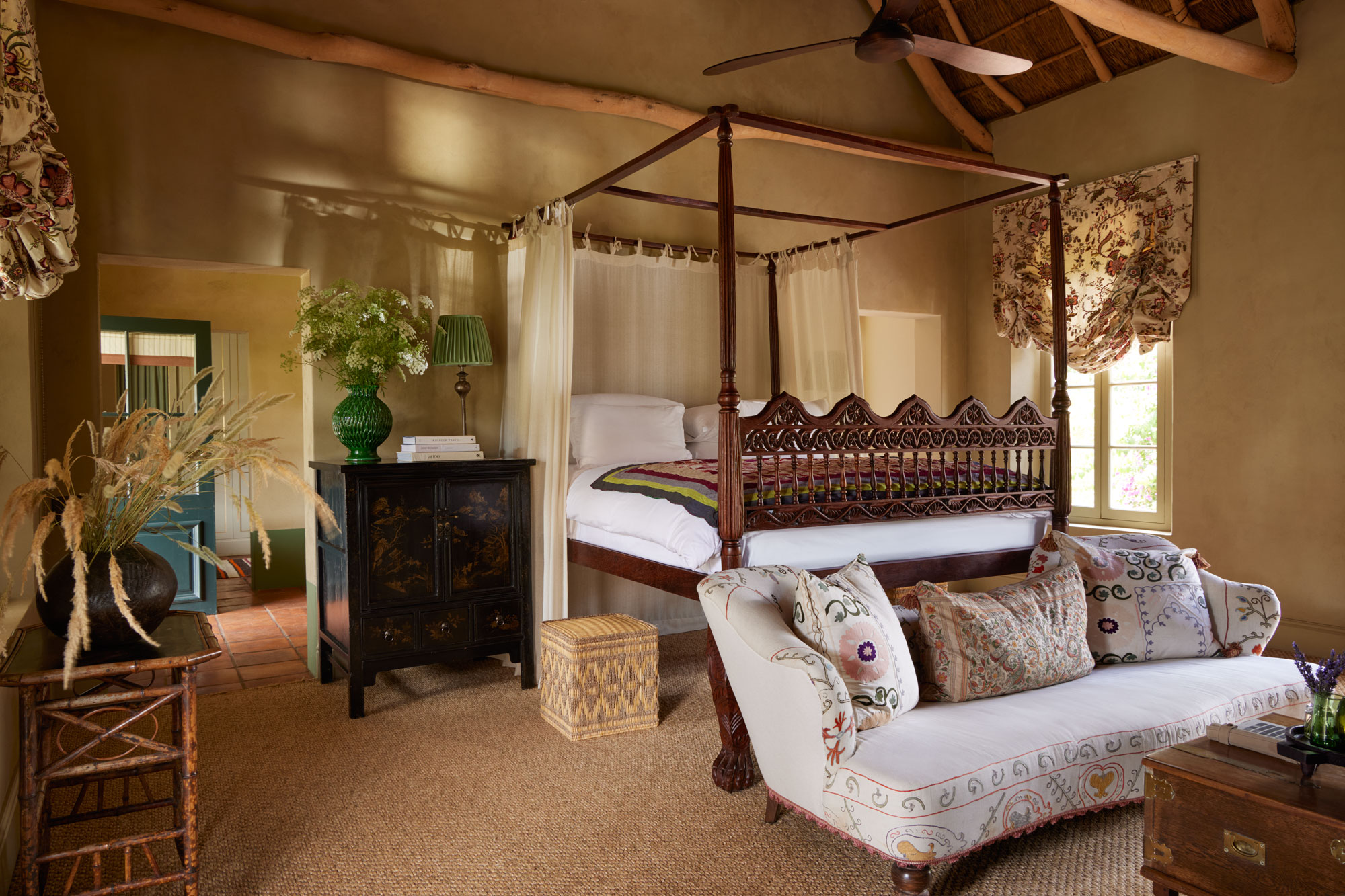
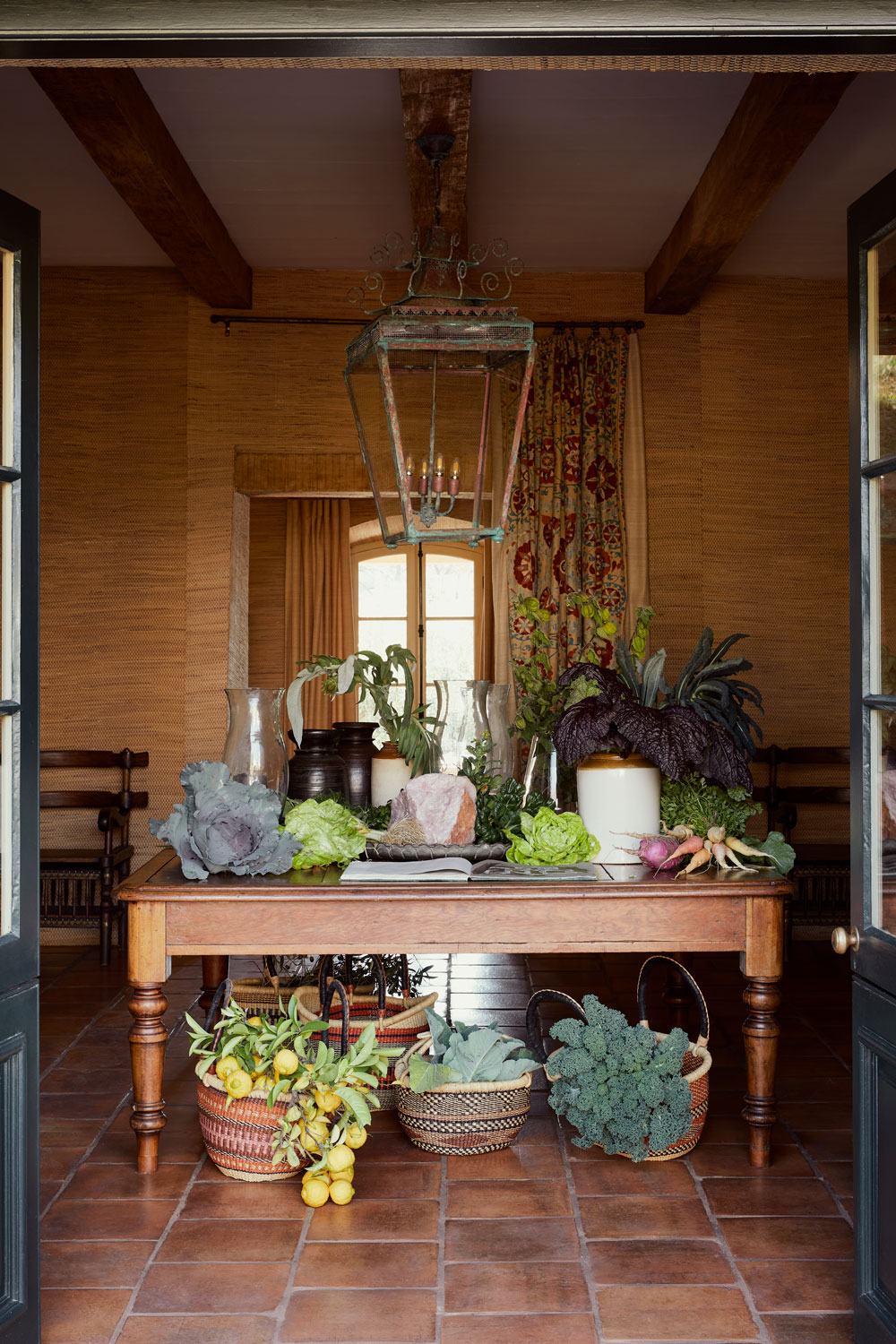
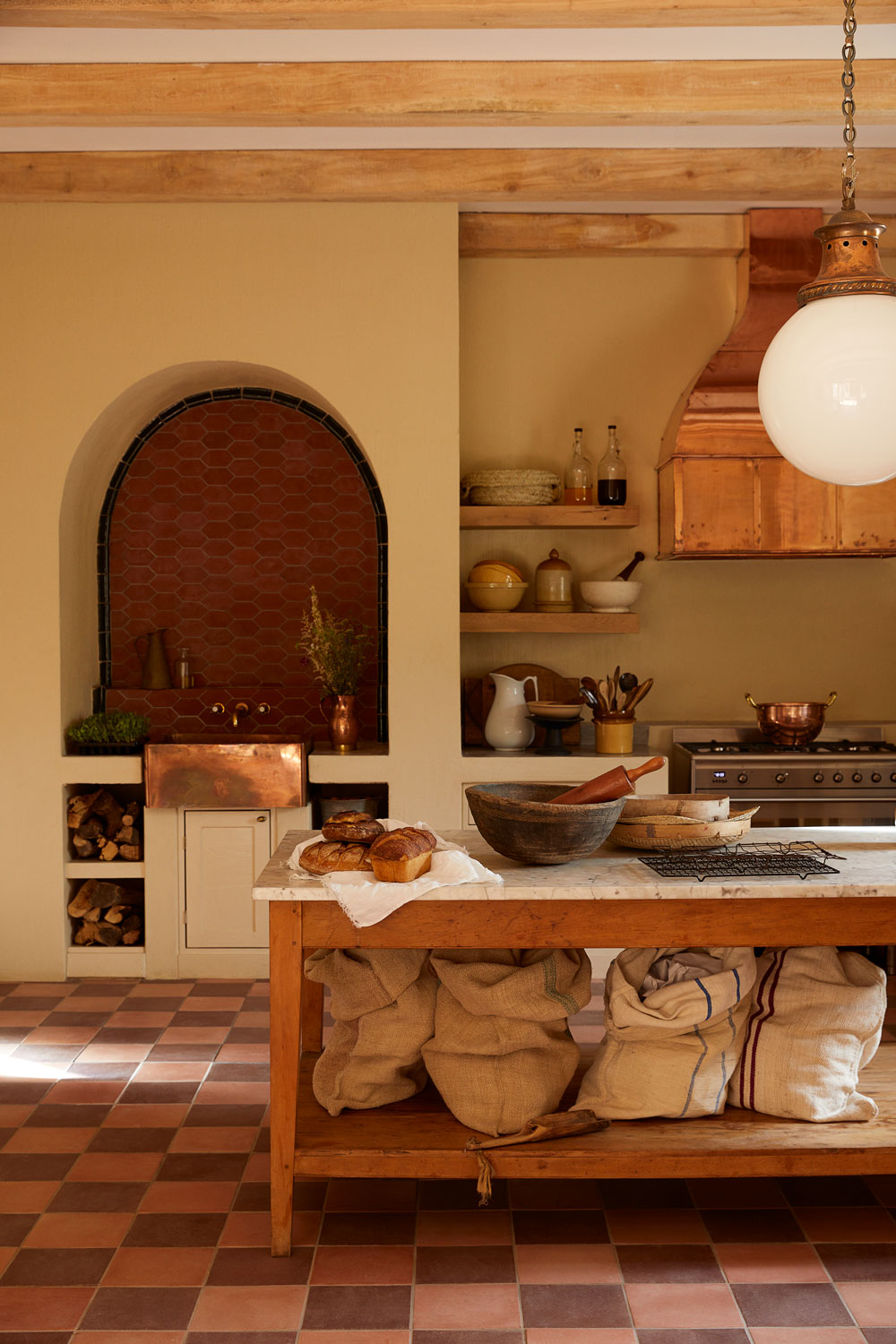
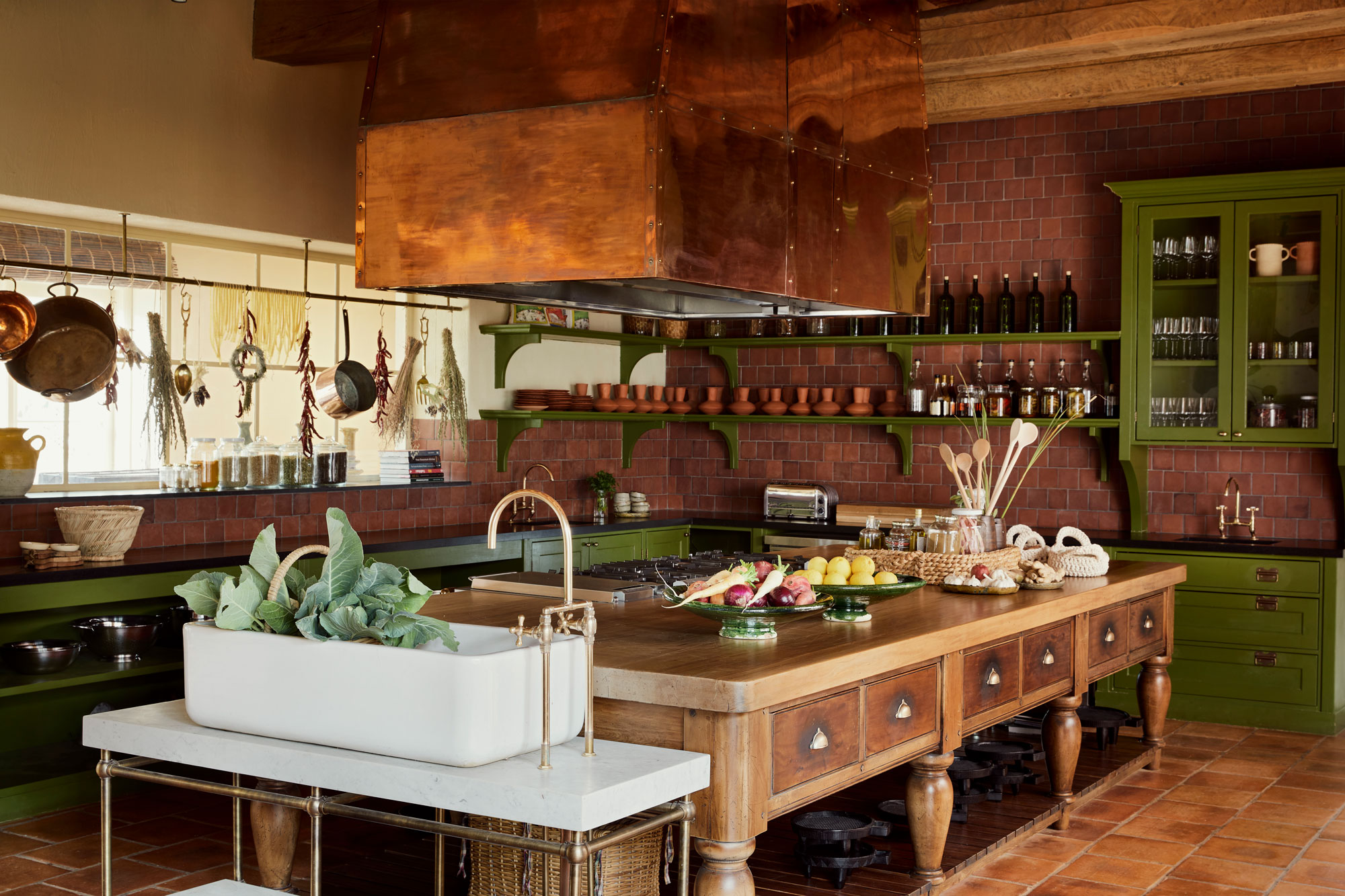
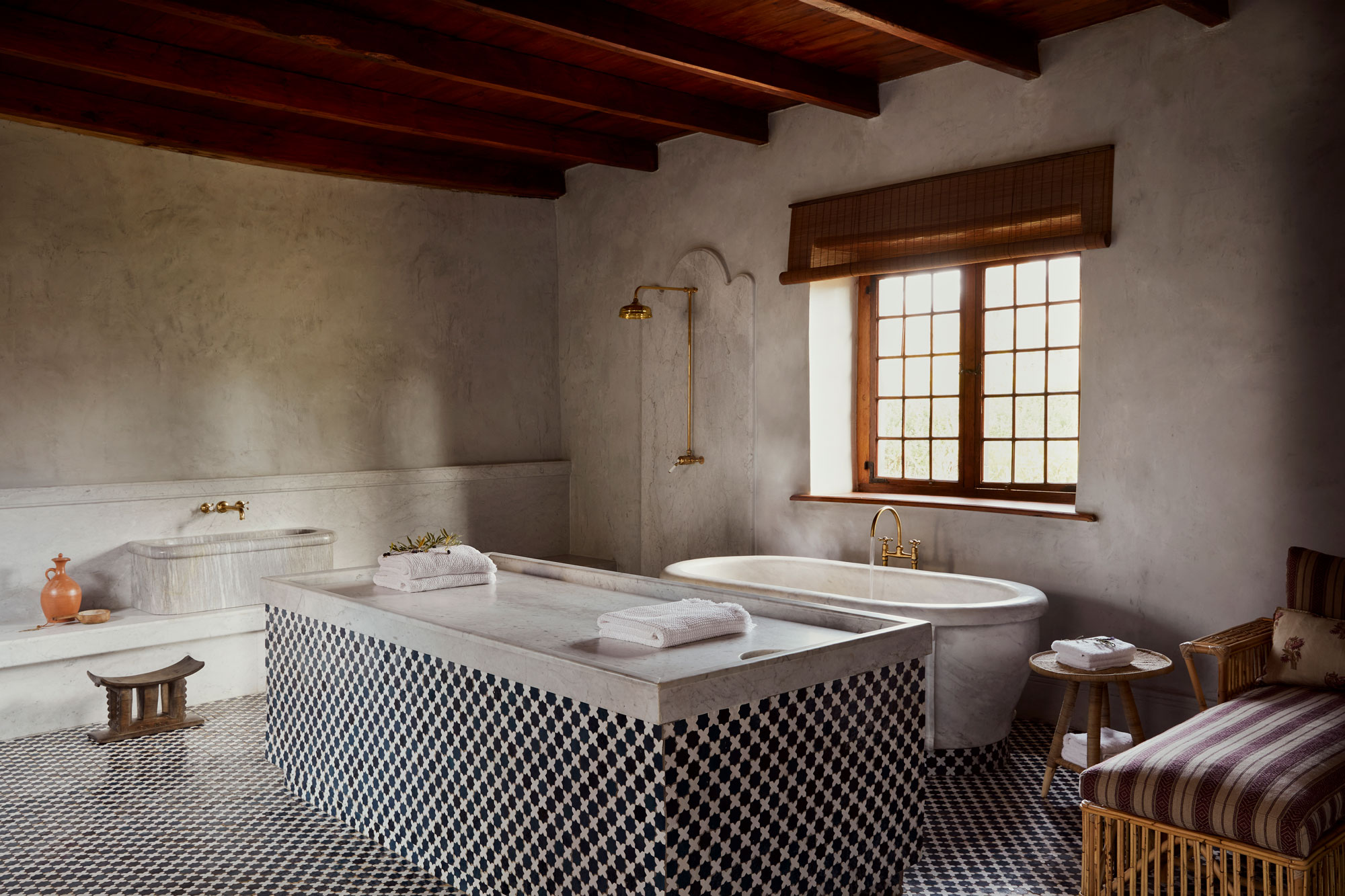
What’s the region like?
The Western Cape province in South Africa is a captivating mosaic of contrasts, from the vibrant urban buzz of Cape Town to the serene vineyards of Stellenbosch and Franschhoek and the rugged beauty of the Cederberg mountains. Cape Town, with its iconic Table Mountain backdrop and bustling waterfront, pulses with cultural dynamism and creativity. Beyond the city’s lively streets, the province unfolds with diverse landscapes: the lush Cape Winelands, the pristine beaches of the Garden Route and the stark beauty of the Karoo desert. Historical landmarks like Robben Island and the Cape of Good Hope add depth to the region’s rich tapestry. The Western Cape’s culinary scene is equally eclectic, blending traditional African flavours with international influences, while its festivals and art scene reflect a vibrant, cosmopolitan spirit.
Sterrekopje
Excelsior Rd
Franschhoek
South Africa
Photography courtesy of Inge Prins, Elsa Young and Sterrekopje

Urban
Rural

Trendy
Classic

Happening
Serene

Affordable
Lavish
Share this
Sterrekopje
Excelsior Rd
Franschhoek
South Africa
Photography courtesy of Inge Prins, Elsa Young and Sterrekopje

Urban
Rural

Trendy
Classic

Happening
Serene

Affordable
Lavish
